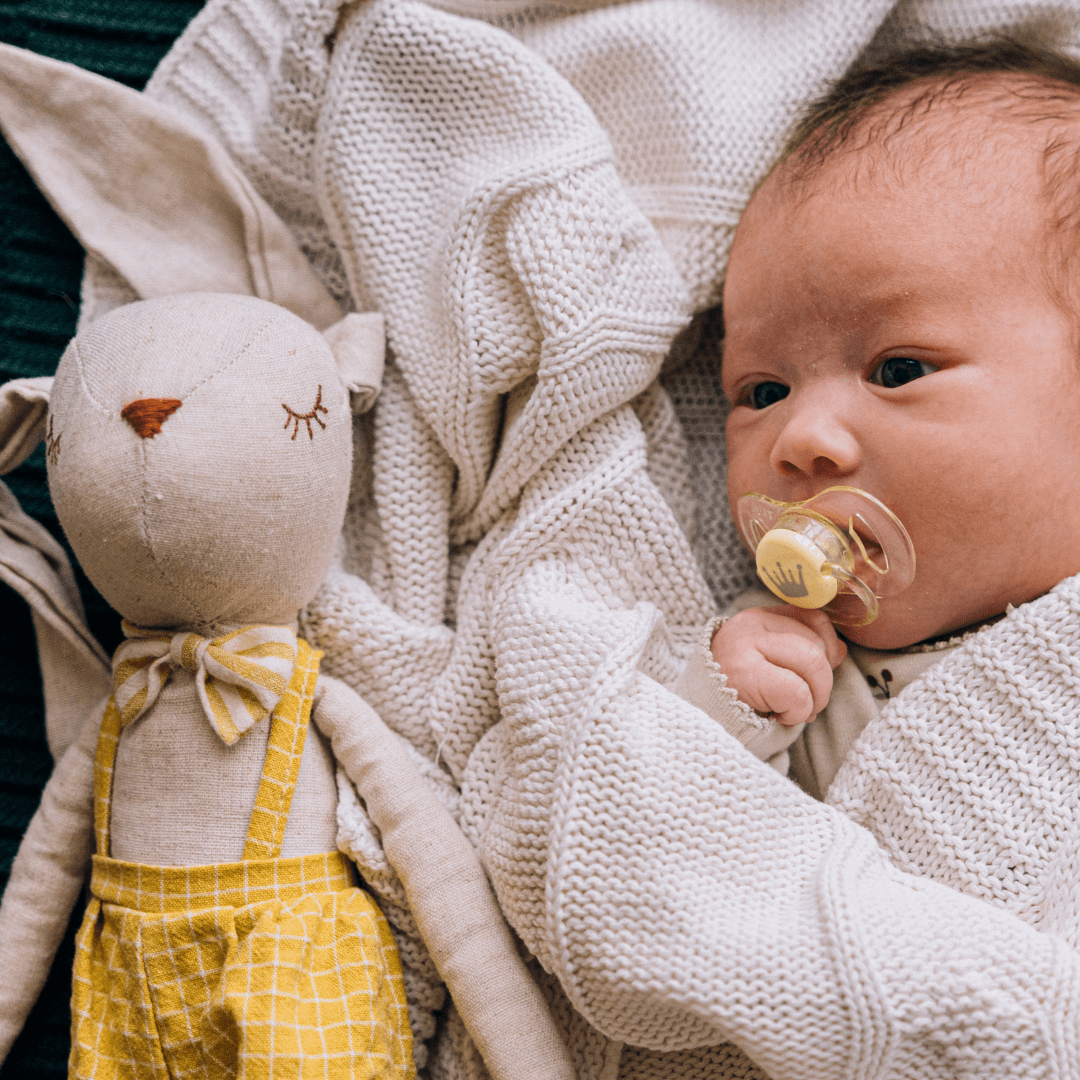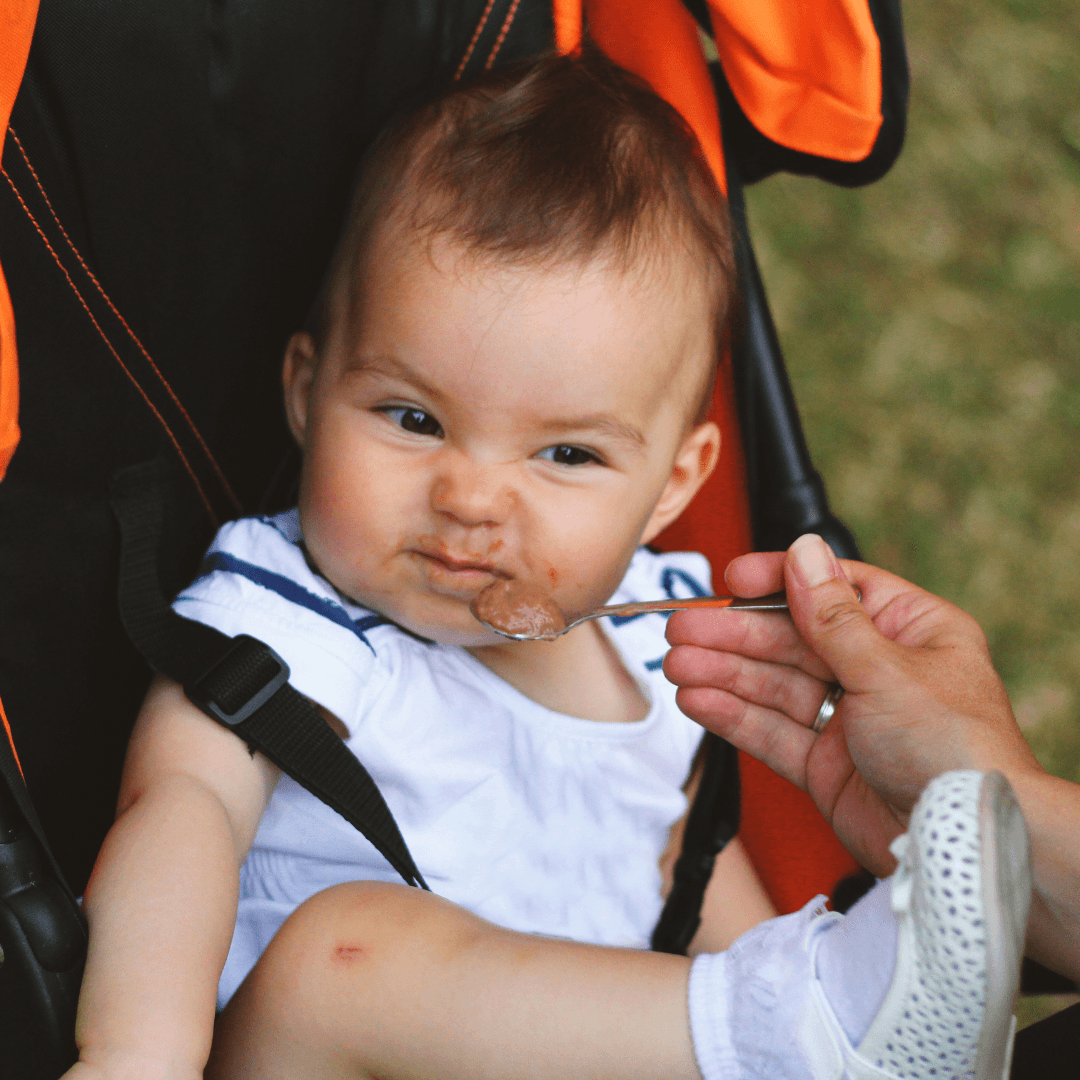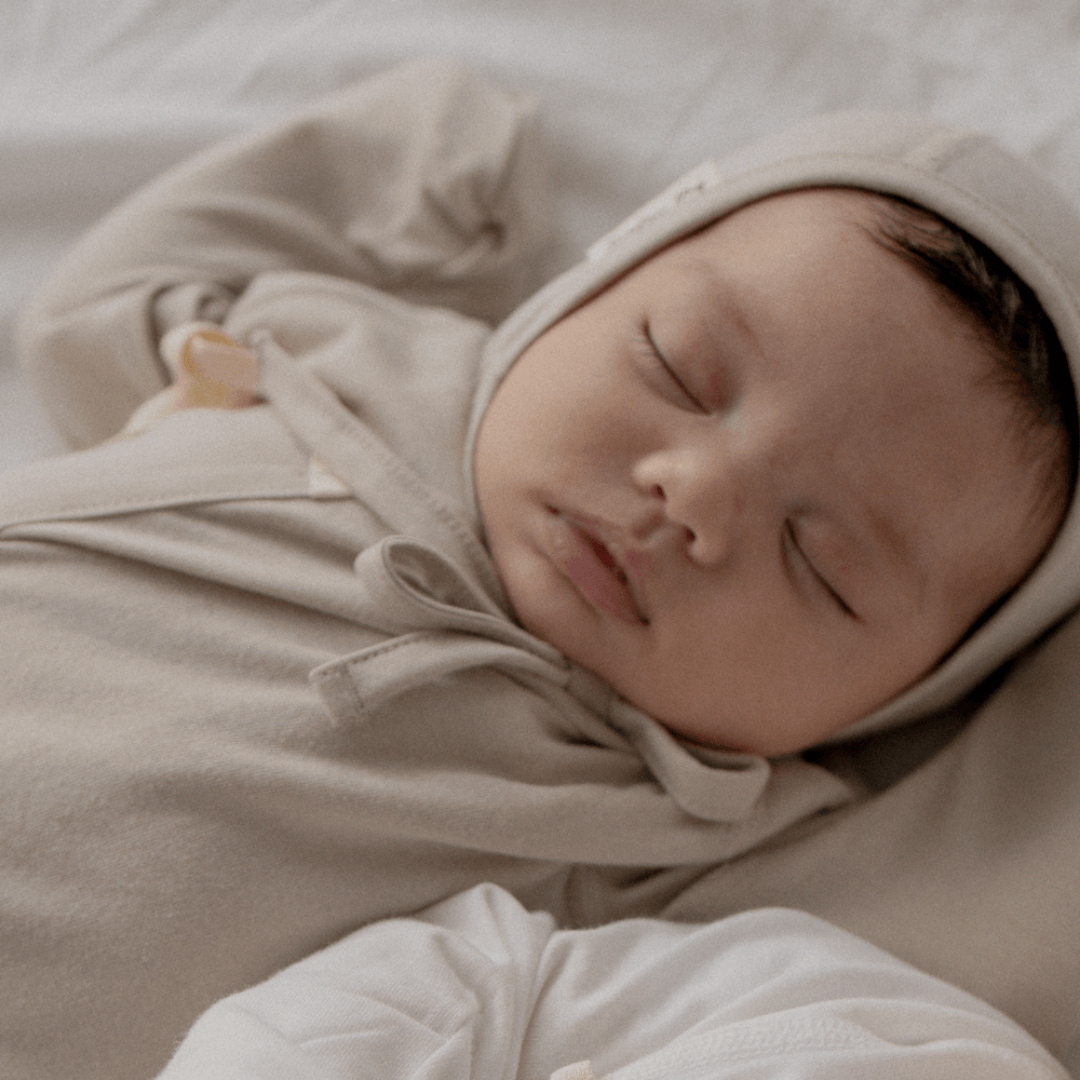Baby Clothes
The kind of fabric that doesn’t irritate your baby’s skin is worthy of careful consideration when you’re choosing products such as baby clothes, beds, and blankets. Knowing what these baby products are made of is part of every parent’s responsibility.
The right knowledge in regards to baby clothes fabrics ensures the protection of your baby from possible dangers that might be brought about by the chemicals used in manufacturing the fabrics.
Raising a baby is probably one of the most stressful periods a parent can undergo in his or her life but it doesn’t have to be the case when one is well-informed about the specifics like the right fabric for example.
That being said, let’s take a look at the best baby fabrics that are good for your baby’s skin.
Cotton
Cotton as a breathable fabric is great for sensitive skin. It’s perfect for sweaty babies. This absorbent fabric known for its soft and durable qualities is widely used in making all kinds of clothes both for babies and adults.
For the environmentally-conscious parent or eco-conscious person, products made from 100% organic cotton are the best choice because they are not grown using a lot of chemicals and pesticides.
The only drawback for cotton is that due to its highly absorbent nature, it can retain moisture quickly; thus, making it uncomfortable for babies with sensitive skin when the cloth is wet. Parents must make sure that the baby clothes made of cotton fabric are always dry. They must choose the kind of cotton that dries fast.
Cotton is still your best bet when it comes to choosing the fabric material of baby clothes as it gets softer after multiple washes. There are some important fabric qualities that you should look for when choosing fabrics in baby clothes and other baby products such as baby loungers and baby relaxers. They must be soft and non-irritating for babies’ skin. Cotton perfectly possesses these two qualities.
However, it must be noted that there are over 90 types of cotton. A parent must be very careful in choosing cotton fabric that is not mixed with synthetic fibers. Cotton with a high thread count is a fabric quality that ensures that the fiber is very, very soft to the touch.

Bamboo
Bamboo with its thermal-regulating properties, effectively helps in controlling and maintaining the baby’s temperature at an ideal level that is comfortable to the skin. This breathable fabric has many similarities to cotton but it might be more expensive. And there’s a good enough reason for that - it is antibacterial and hypoallergenic. Talk about providing the best security in protecting and defending the skin against germs and bacteria.Microfiber
There are a number of misconceptions in regards to microfibers as these are not natural and are made of synthetic materials. However, it must be noted that one of the best qualities of microfiber that makes it great for a baby’s sensitive skin is that the microfiber yarn has a thickness of 1/100th the diameter of a human hair. This very, very fine material that has high air permeability also helps in regulating a baby’s body temperature and can cool it down as to prevent the occurrence of infant fever, as an example.
Some quality baby products such as baby loungers made of microfiber fabric covers are also known to inhibit the penetration of house dust mites and can prevent allergies. This amazing characteristic gives parents a peace of mind knowing that their babies are even safe from harmful insects that can cause serious damage to their skin and overall health.

Fleece
Fleece is great especially for cold seasons like winter. It’s really soft to the touch, making it very comfortable for your baby. There might only be an issue with its breathability. It holds and contains heat so one thing a parent must be careful about is making sure their baby is comfortable during the whole duration of the extended use of the fabric. That’s why fleece fabric is recommended when the temperature is getting colder because it is a great protection against the cold temperature and chilly breeze.
Fleece is bulkier and cozier than most baby clothes fabrics so there is a possibility that it can cause heat rash and skin irritation. Again, parents are advised regarding its proper use according to the time and season.
Overall, choosing natural and hypoallergenic fabrics is a must for parents. However, as the production and sourcing of natural fibers is getting more and more challenging, synthetic or microfibers can also be considered as these kinds of fabric materials are developed with the baby’s sensitive skin in mind.
The above-mentioned fabrics are free from irritants. Other kinds of fabrics such as silk or merino wool can be considered. A parent just needs to be mindful of the special and unique properties of these fabrics to employ proper use. Silk for example, is good for sensitive skin. It is antimicrobial which is great for babies suffering from skin problems such as eczema.
However, one needs to be aware that silk lacks absorbing power and is also difficult to wash. It is therefore, not that practical to use with babies.
Some fabrics to avoid are those which can easily irritate sensitive skin and are flammable. Examples of these are polyester, rayon, and nylon. These kinds of fabrics are especially dangerous for babies as they tend to chew on their clothes and things around them. Baby products which are made from them can contain chemicals that can pose danger when ingested.
Again, the important thing to keep in mind is to make sure that the kind of fabric used is in accordance with the time and season. Using “heavy” fabric such as fleece in summertime might not be a good idea and using cotton in winter is not enough to protect the skin of your baby.
Knowing the above mentioned fabric characteristics will save parents from potential dangers.







